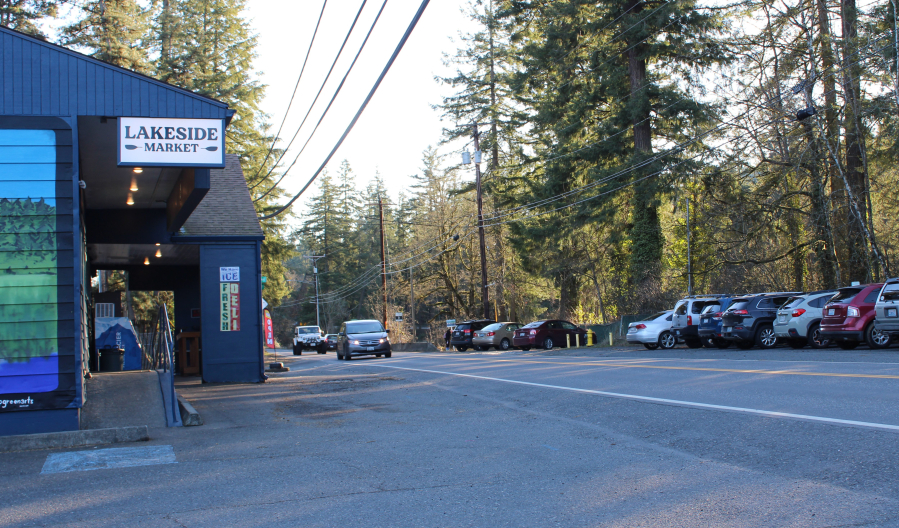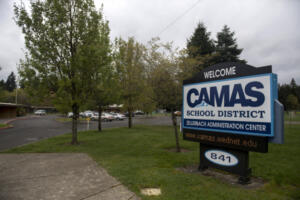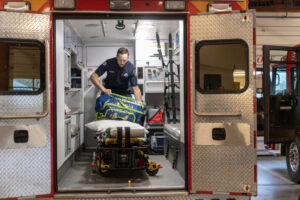The city of Camas has entered the final phase of its three-phase Everett Street Corridor Analysis project and hopes to have a set of “preferred alternative” plans to improve the 1.5-mile portion of state Route 500 that stretches from the Lake Road-Everett Street roundabout to the city limits near Northeast Third Street by the end of summer.
Camas Public Works Director provided Camas City Council members a project update during the Council’s June 5 workshop.
“We are likely not talking about one single project … but multiple projects that will take quite a bit of time and money to (complete),” Wall said.
City staff kicked off the Everett Street improvement project in the summer of 2022, and have been meeting with stakeholders — including people who own businesses, work and live along the improvement corridor — for several months.
“We’ve done a lot of outreach,” Wall told the Council on June 5, adding the city had gathered input from members of the public, technical advisors, business owners, property owners and members of the Washington State Department of Transportation (WSDOT).





